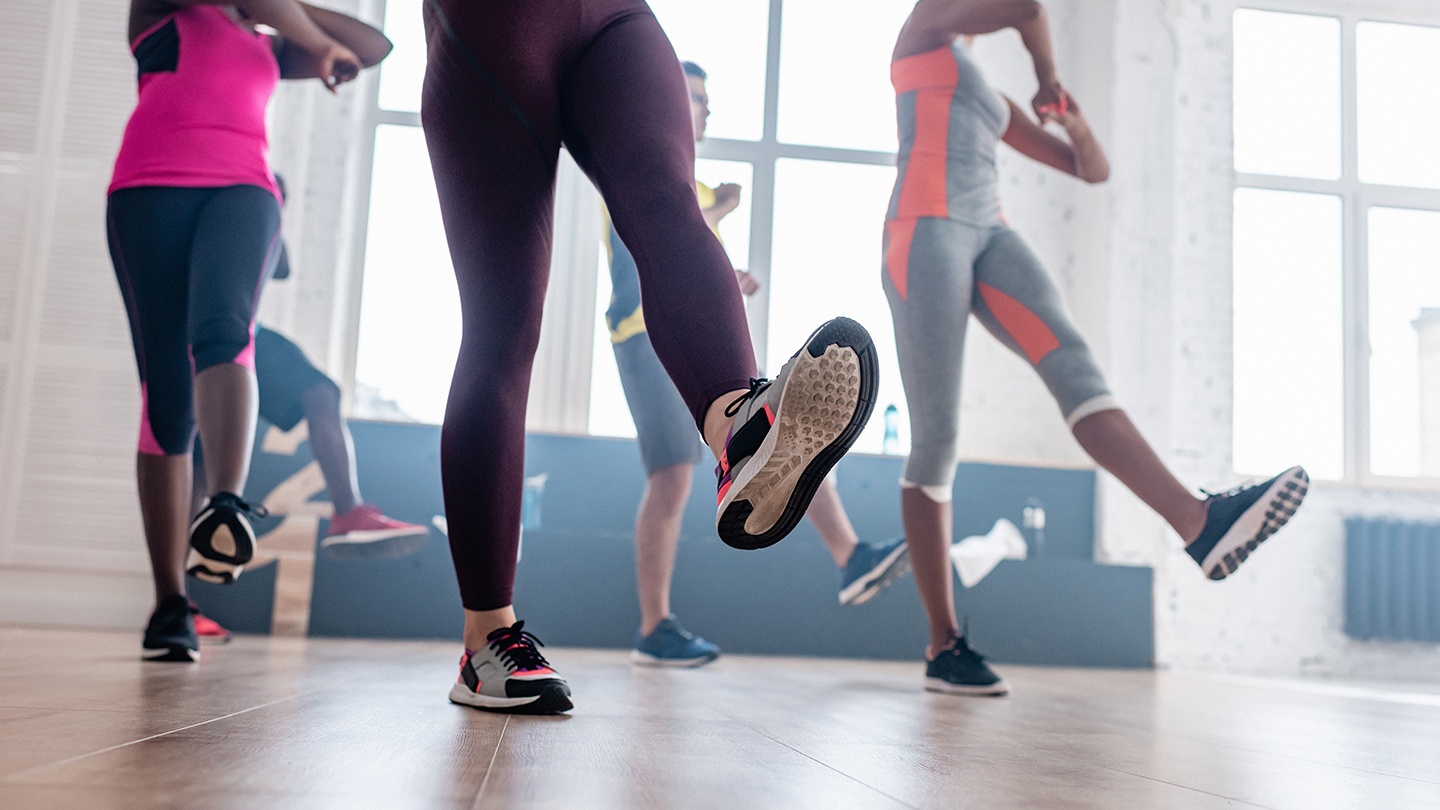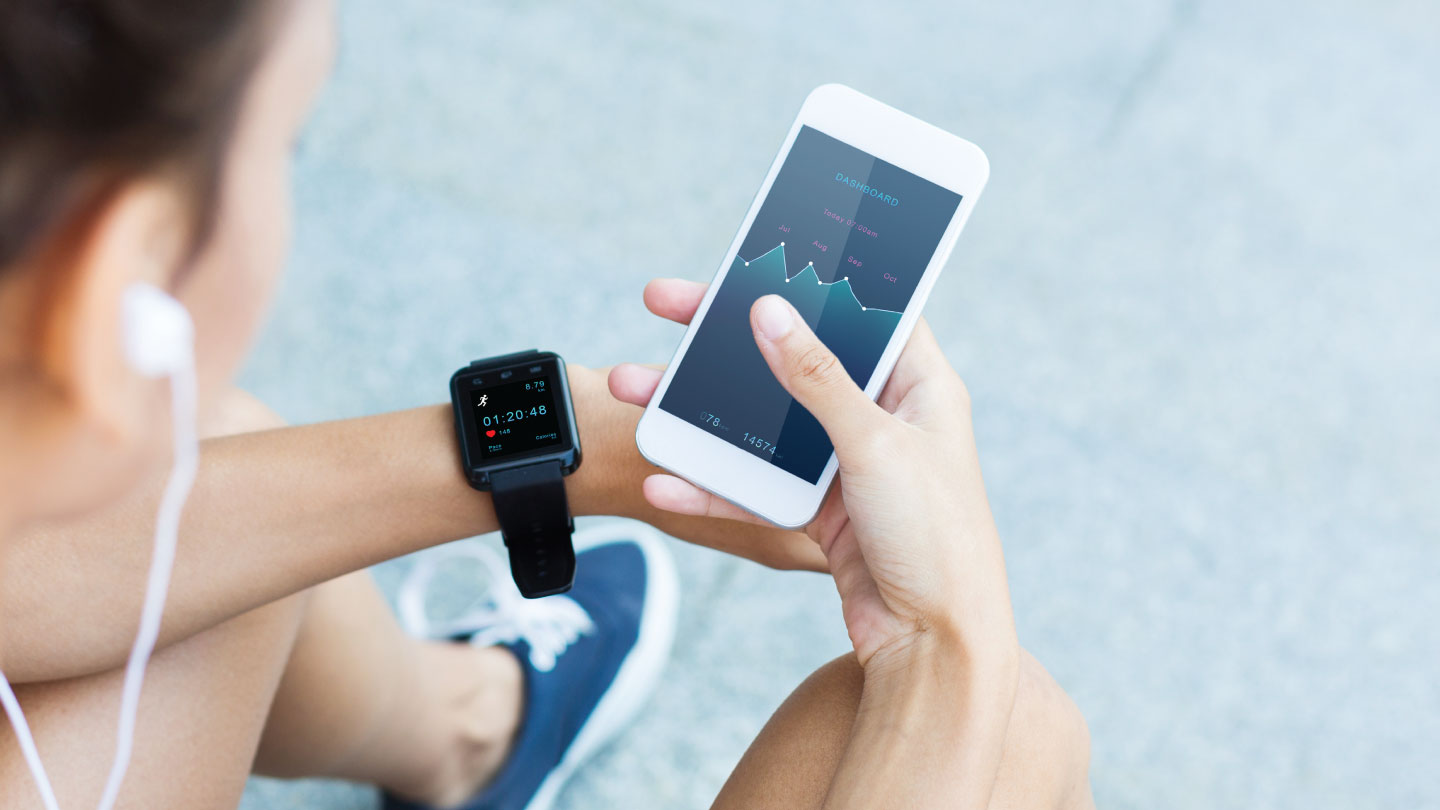Movement
The Joyful Workout: Why Zumba Feels More Like a Party
Ever leave a workout class grinning ear to ear? Learn how this dance-fitness craze floods your brain with feel-good chemicals, melts away stress, and turns exercise into pure fun.

I still remember dragging a friend to her first Zumba class. Ten minutes in, she was laughing between the moves. By the end, she was red-faced and glowing. “That never felt like exercise at all; I was actually having fun!” she exclaimed. I had to smile and agree.
How often do you walk out of a workout smiling? Zumba has this almost magical effect; it feels less like a tedious gym session and more like a dance party with friends. So why does Zumba spark so much joy? What’s going on in our bodies and brains that makes an hour of shimmies and merengue steps fly by in a blur of happiness? Let’s find out what goes behind Zumba’s feel-good mojo.
Related story: Get Fit, Get Moving: Dance Classes For All
Ditch the Workout, Join the Party
Zumba’s unofficial motto is literally “Ditch the workout, join the party,” and it delivers on that promise. Instead of counting reps or miles, you’re grooving to upbeat Latin and global music. The atmosphere is electric. Who cares that you’re doing cardio when you’re busy body-rolling to Shakira? One Zumba enthusiast described it perfectly: “Zumba really is more like a party than a workout … and who doesn’t enjoy a party, especially with a few dozen friends?” The group energy is contagious. You see smiling faces all around. Zumba flips the script: instead of exercising, hoping to feel happy later, you’re happy right now, and the fitness just sneaks in as a bonus.
But is this happiness all in our heads? Nope; there’s real science behind it. Dancing to music combines two potent mood boosters. Music stimulates the brain’s reward centres, while dance activates sensory and motor circuits, essentially doubling the joy signals in the brain. No wonder a Zumba class can leave us feeling euphoric. It’s engineered to maximise enjoyment.
Related story: How Music Can Heal Your Mind, Body, and Soul
Your Brain on Zumba: A Happy Chemical High
So what exactly is happening in your brain during that Zumba? It turns out that an hour of dance exercise sets off a cascade of feel-good chemicals. Think of it as a cocktail of natural happiness hormones shaken up by your movement, music, and even the people around you:
- Dopamine: the Reward Chemical: Those moments when your favourite song comes on or you finally master a tricky dance combo? Your brain rewards you with dopamine, the neurotransmitter of pleasure and motivation. Music itself can trigger dopamine release (ever get chills from a great song?), and coupling it with movement amplifies the effect. Dopamine is what makes you feel “Yes! This is awesome!” mid-class, reinforcing the joy so you crave coming back.
- Endorphins: the Natural Painkillers: As you move and get your heart pumping, your body releases endorphins, famous for producing that “runner’s high.” Endorphins are opioid-like chemicals that dull pain and induce mild euphoria. Because Zumba is a form of aerobic exercise, it boosts endorphin levels, which help reduce discomfort and stress while you dance. Ever notice you could have a sore muscle or a bad day, but during Zumba, you hardly feel it? Thank those endorphins; they’re literally raising your pain threshold and lifting your mood.
- Serotonin: the Mood Balancer: Exercise and rhythmic movement can increase serotonin, a neurotransmitter that helps regulate mood and happiness. In fact, multiple studies show dancing reduces stress and increases serotonin levels in the brain. Higher serotonin is associated with feeling calmer and more content. It’s one reason dance has been linked to easing depression and anxiety. You might walk into class feeling anxious, but by the end, with serotonin flowing, you’re in a much sunnier headspace.
- Oxytocin: the Bonding Hormone: Interestingly, Zumba can even tap into oxytocin, the hormone that fosters social bonding and trust. How? Through the simple fact that you’re sharing the experience with others. In a group dance class, smiling, high-fiving, or even moving in sync with people can release oxytocin. This chemical basically says, “I feel connected and supported.” Ever notice how a good Zumba class feels like instant community? That post-class group selfie or the camaraderie on the dance floor isn’t just in your imagination; it’s partially oxytocin at work, making you feel closer to your classmates.
Related story: Hack Your Happiness Chemicals
Together, these four “happy hormones”: dopamine, endorphins, serotonin, and oxytocin, form a powerful joy-inducing quartet (some call them the DOSE of happiness). Zumba happens to boost all of them. It’s like a full-brain happiness workout. One 2025 scientific review in Psychology of Sport and Exercise noted that dance triggers exactly these neurochemicals, from dopamine and β-endorphins to oxytocin, which help explain dance’s unique ability to relieve stress and elevate mood. In short, Zumba literally chemically induces joy in our brains.
And it’s not just about adding good chemicals; Zumba also tamps down the bad ones. Notably, it can lower cortisol, the stress hormone. High cortisol is linked to anxiety and tension. But the immersive fun of Zumba can significantly reduce cortisol levels, leaving you feeling relaxed and “lighter” after class. So when you say Zumba is your therapy, you’re not wrong. It’s biochemically de-stressing you.
Related story: 5 Cortisol Triggers to Know
In the Zone: Flow, Mindfulness, and “Exercise Disguised”
Have you ever been so absorbed in an activity that you lose track of time and worry? That’s the flow state, and Zumba is a perfect flow trigger. During a Zumba session, you’re concentrating on the instructor’s moves, feeling the beat, letting your body respond to the music. Your brain has zero bandwidth left to ruminate about the office or that overflowing laundry basket at home. As a result, dancing becomes a form of moving meditation. Research on dance has noted that learning routines and staying coordinated forces you into the present moment; there’s “little space in your brain for anything else”. This mindfulness effect is extremely beneficial for mental health. It’s like an hour-long break for your overthinking mind.
Related story: Can Mindfulness Improve Exercise Results?
My friend calls it her “happy hour” because during Zumba, it feels like living in the moment. There’s a reason many people say they feel mentally refreshed after class. By focusing your mind on fun moves instead of problems, Zumba helps clear negative thoughts and replace them with a sense of accomplishment. In one survey by Complementary Therapies in Clinical Practice in August 2021, 98% of dancers said regular dancing improved their mood, many saying it helped “release distressing thoughts” while building confidence. That mental clarity and confidence boost can last long after the music stops.
Related story: Learning to Step Into Flow State
Plus, let’s be honest: part of why Zumba feels so joyful is that it allows you to play. In our day-to-day adult life, we rarely get to play and be silly. In Zumba, you’re encouraged to whoop, shimmy your hips, and attempt that dramatic tango pose; it’s fun. You might laugh at yourself when you mess up a step, or hoot when a song plays. This playful environment triggers genuine laughter and smiles. And simply smiling has a feedback effect on the brain, stimulating reward pathways. In fact, even a forced smile can release dopamine and serotonin. Imagine the effect of real smiles and laughter in a Zumba class; it amplifies the cocktail of feel-good chemicals. No wonder it’s “almost impossible to take part in a dance class without smiling”. The joy feeds on itself.
Related story: 9 Things to Do to Be Happy Today
“Exercise in Disguise” Yields Real Results
One of the coolest things about Zumba is that, by not feeling like exercise, it actually gets people to exercise more. My friend who hated gyms started doing Zumba and said, “It’s exercise in disguise; I’m drenched in sweat, but I was too busy having fun to notice!” This isn’t just an anecdote; it’s reflected in Zumba’s global popularity. Millions of people who might otherwise skip workouts are drawn in because it doesn’t feel like a chore. You want to go back for that mood boost.
The health benefits pile up behind the scenes. A typical Zumba class can burn 300–600 calories, improve your cardiovascular fitness, tone muscles, and build coordination. But unlike a treadmill run, it tricks your brain by pairing effort with pleasure. Zumba succeeds because it combines exercise, social support, and a positive environment, unlike other workouts, which might lack those fun elements. When you love what you’re doing, you’re more likely to stick with it, and consistency is key to fitness. Zumba basically hacks adherence by making the workout the highlight of your day.
There’s even emerging evidence that dance might confer special mental health benefits beyond other exercises. A study in the New England Journal of Medicine (2003) found that out of 11 physical activities studied with older adults (from swimming to golf), only dancing significantly lowered the risk of dementia, likely due to its unique mix of mental challenge and social interaction. And a small 2012 study from Minot State University in North Dakota found that a Latin dance program (a.k.a. Zumba) boosted participants' mood and even sharpened certain cognitive skills like visual recognition and decision-making. In other words, Zumba not only makes you feel happy in the moment, but it might also give your brain a long-term healthy workout.
Related story: Can You Shape Your Workout According to Your Personality
It turns out the joy in Zumba isn’t a fluke; it’s the secret sauce that makes this workout so special. By blending upbeat music, creative movement, and group camaraderie, Zumba checks all the boxes for a naturally rewarding experience. It floods you with happy hormones, bonds you with others, clears your mind, and leaves you looking forward to the next class. When I explain Zumba to someone who’s never tried it, I often end up asking, “Who says a workout can’t feel like a party?” Why shouldn’t getting healthy also make you happy? So if you’ve been avoiding exercise, consider joining the party. Your brain will thank you for it, and you’ll probably be smiling before the first song is over.
Looking for an exclusive and unique experience, expert staff, and unparalleled member services? Come join us at URLife Studios! We offer a comprehensive range of wellness services that promote optimum well-being. We are a trusted source for unique holistic health and pregnancy care workshops. Our physiotherapists design customised rehab programs based on health conditions.
At UR.Life Studios, we offer a complete multi-disciplined approach to fitness and well-being. The URLife Studio is a luxe wellness oasis, combining sleek modern design, lavish amenities, state-of-the-art equipment and personalised wellness programs.
- Yoga
- Kickboxing
- Pool and Bollywood aerobics
- Pregnancy care workshops
- Customised physiotherapy
- Spa
- Garden Cafe
- Women’s wellness program
EXPLORE MORE
Instead of chasing long workouts, micro-movement shifts the focus from “Did I work out today?” to “Did I move often enough today?”
Pressed for time but craving results? These high-impact exercises burn maximum calories in minimum time, when done right.
Simple, practical fitness advice to help you feel stronger, healthier, and more consistent in 2026.
Callisthenics isn’t about flashy Instagram moves or avoiding the gym. According to celebrity fitness and lifestyle coach Krishna Sadvale, it’s one of the most practical ways to build strength, control, and confidence in your own body.






.jpg)

.jpg)
.jpg)
